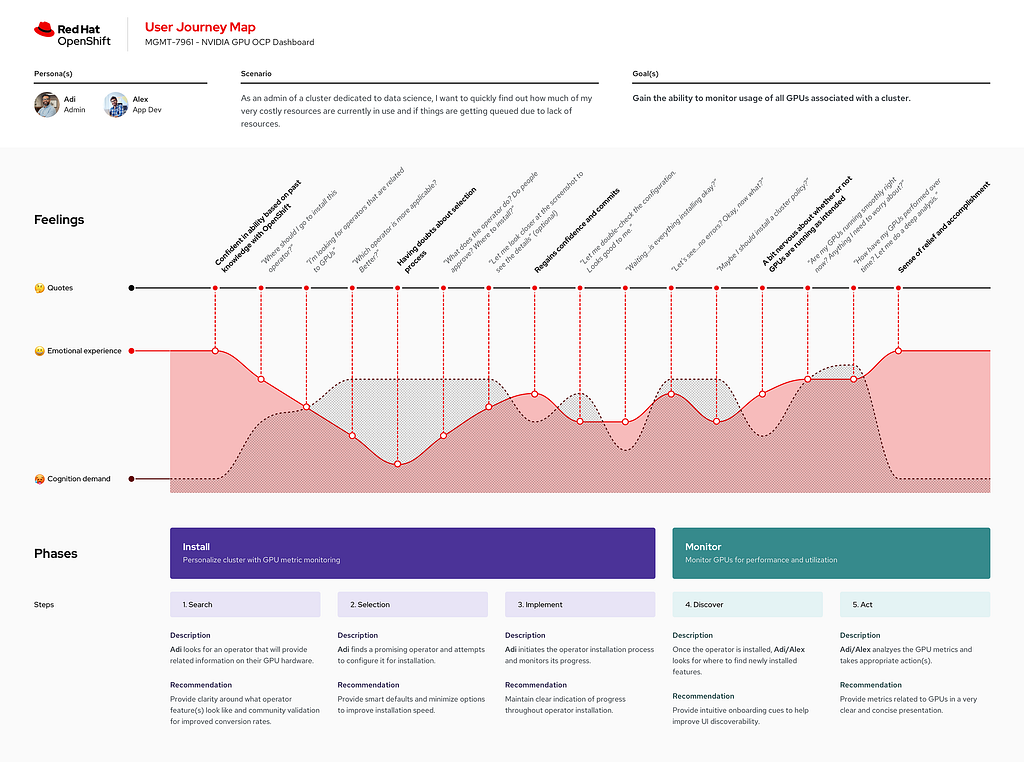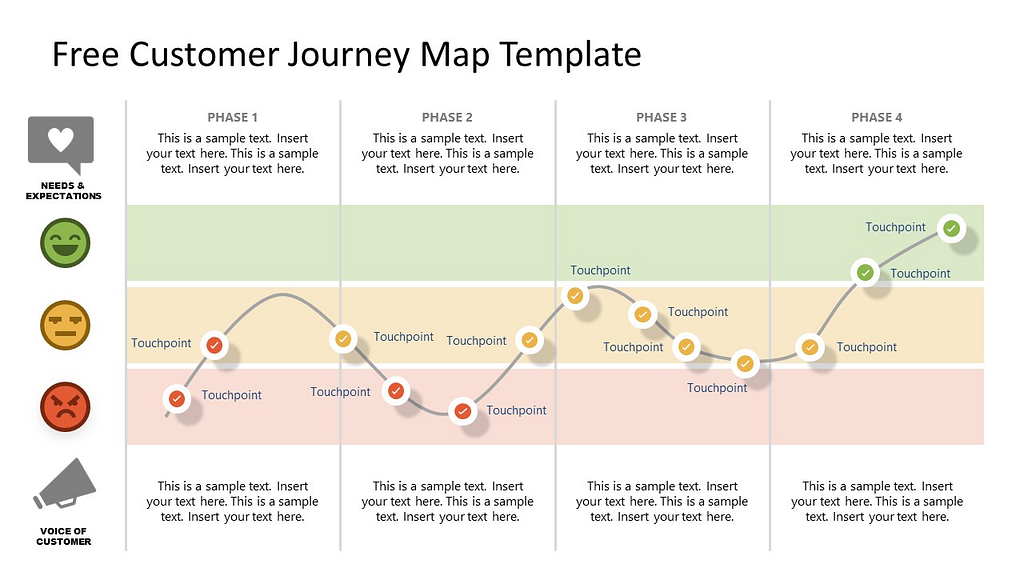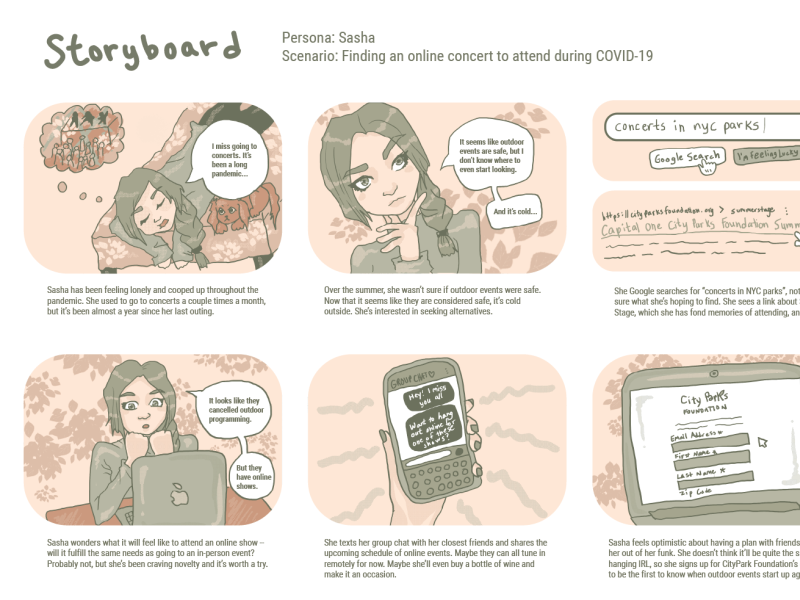
Here are the top 10 common mistakes to watch out for when creating user journeys:
1. Not defining clear objectives
Creating a user journey without a clear goal is like setting out on a trip without a destination. It’s crucial to know what you’re trying to understand or achieve with each journey map. Clear objectives guide the creation of relevant and actionable user journeys. Is the focus on improving the checkout process, understanding the onboarding experience, or identifying upsell opportunities?
Actionable tip: Use SMART criteria (Specific, Measurable, Achievable, Relevant, Time-bound) to articulate what you want to achieve, whether it’s increasing conversion rates, improving user satisfaction, or identifying friction points in the user flow.

2. Skipping user research
Relying on guesswork or assumptions can lead to a misrepresentation of the actual user experience.
Actionable tips:
- Incorporate a mix of qualitative and quantitative research methods. Conduct interviews and usability tests for in-depth insights, and use analytics to gather broad behavior patterns.
- Ensure your research covers a diverse group of users to capture a wide range of experiences and perspectives.
3. Overlooking key user segments
Every user’s journey is unique, influenced by their goals, challenges, and preferences. Designing for a generic “average” user can overlook the nuances that make user experiences distinct.
Actionable tip: Develop personas for different user segments, focusing on their unique goals, challenges, and behaviors. And use these personas as the basis for creating distinct user journeys that address the specific needs and experiences of each group.
4. Ignoring the emotional journey
Users’ decisions and satisfaction are heavily influenced by their emotions. A journey map should reflect not just the actions users take but also how they feel at different stages. Understanding emotional highs and lows can pinpoint moments of delight or frustration, offering opportunities to enhance the overall experience.

Actionable tip: Use emoticons, color coding, or descriptive adjectives to visualize emotional states throughout the journey. This can help identify moments that need emotional uplift or support.

5. Focusing solely on happy paths
While it’s tempting to map out ideal pathways users might take, it’s equally important to consider where they might encounter problems. Identifying and understanding these pain points or obstacles can provide critical insights into areas for improvement, helping to reduce friction and increase user satisfaction.
Actionable tip: Conduct failure analysis by mapping out where users encounter obstacles or drop off. Include alternative paths that users might take when they deviate from the ideal journey. This approach helps identify and address points of friction.
6. Neglecting the context of use
The context in which a user interacts with your product or service can significantly impact their journey. Factors such as device type, physical environment, time constraints, and social setting can all influence user behavior and perceptions. Acknowledging and designing for these contexts ensures a more comprehensive understanding of the user experience.
Actionable tip: Use scenarios or storyboards to illustrate how context influences behavior and preferences.

7. Omitting channels and touchpoints
Modern users often interact with brands across a multitude of channels and touchpoints. A user journey that integrates these various interactions provides a fuller picture of the user experience, highlighting opportunities for seamless transitions across platforms.

Actionable tip: Create an inventory of all possible touchpoints and channels through which users interact with your brand. Ensure your user journey maps reflect these interactions across channels, highlighting opportunities for integration.
8. Underestimating the importance of the post-conversion experience
The relationship between a user and a brand doesn’t end at the point of conversion. Post-conversion experiences, including customer service, product support, and even the unboxing experience (if we’re selling a physical product), can significantly influence user perceptions and loyalty. Mapping these stages can uncover opportunities to surprise and delight customers beyond the sale.
Actionable tip: Extend your journey maps beyond the conversion to include post-purchase interactions and identify opportunities to enhance satisfaction during these stages.
9. Creating too complex or too simplified journeys
Finding the right level of detail is critical in journey mapping. Overly complex maps may be difficult to interpret and act upon, while overly simplified maps might gloss over important details. Strive for a balance that provides a clear, actionable understanding of the user experience without getting lost in minutiae.
Actionable tips:
- Aim for a balance by focusing on key stages and touchpoints that are critical to the user’s goals and your objectives.
- Use layers or phases to manage complexity, allowing stakeholders to drill down for more detail without overwhelming the high-level view.
10. Failing to update journeys over time
User needs, behaviors, and expectations evolve over time, as do products and services. Treating user journeys as static documents can lead to outdated assumptions and missed opportunities. Treat journey maps as living documents that evolve with your understanding and your users’ needs.
Actionable tip: Schedule regular reviews of your user journey maps (i.e. one in a quarter) to incorporate new insights, feedback, and changes in user behavior or market conditions.
Want To Master Journey Mapping?
Try Interaction Design Foundation. It offers a comprehensive course on journey mapping that covers all essential topics, such as how to gather and analyze data as part of your journey mapping process, and how to create the three most common types of journey maps.
Customer Journey Mapping Course
This post contains affiliate link(s)
Top 10 Mistakes When Creating User Journey Maps was originally published in UX Planet on Medium, where people are continuing the conversation by highlighting and responding to this story.